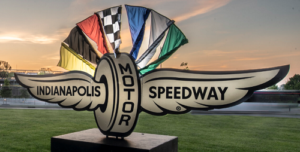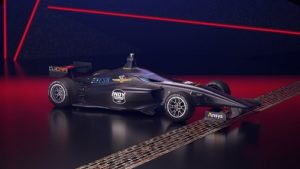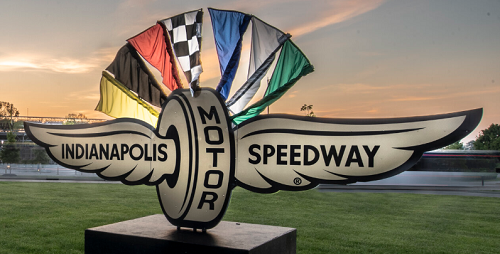 One of – if not the – most famous car races in the world, the Indianapolis 500, will take AV form a year from this fall when more than 36 universities globally will compete for $1.5 million in prize money in the Indy Autonomous Challenge, to be held at the world-famous motor speedway in Indiana.
One of – if not the – most famous car races in the world, the Indianapolis 500, will take AV form a year from this fall when more than 36 universities globally will compete for $1.5 million in prize money in the Indy Autonomous Challenge, to be held at the world-famous motor speedway in Indiana.
MIT, the Korea Advanced Institute of Science & Technology, the University of Virginia and Graz University in Austria are among the universities that will take part in race, according to an article in today’s Wall Street Journal, in which the autonomous Indy race cars will go 20 times around the 2.5-mile track – with the stipulation that the cars must cross the finish line in under 25 minutes (an average of about 110 miles per hour — a human driven car has circled the track averaging 239 MPH).
The race is being organized by the nonprofit Energy Systems Network (ESN), a spinoff from the Central Indiana Corporate Partnership, a regional development agency, to encourage development of emerging technologies.
“Self-driving cars have so much potential, but their commercialization efforts are slow; the technologies are still expensive,” said Matt Peak, a managing director at ESN, told the Journal.
According to the story, “the teams will develop neural nets, computer vision and other artificial intelligence systems enabling the cars to race at high speeds. They will use a modified version of the Dallara Automobili IL-15 racing car, with Clemson University helping to integrate the teams’ AI software and required hardware into the vehicles.”

Dallara Automobili IL-15 race car (courtesy: Dallara)
Just as car racing is an extreme test for human drivers, so it will be for AV technology. The Indy Autonomous Challenge will be the first head-to-head, high-speed autonomous race at the speedway, according to the race organizers, in which the self-driving Dallara IL-15s “will be subjected to the pressures of professional racing conditions, with speeds of up to 200 miles an hour and the need for split-second decision-making around collisions. They also will have to deal with factors such as wind shear and slipstream physics,” the Journal said.
“To us, racing is a proving ground,” said Dr. Madhur Behl, an assistant professor at the University of Virginia who is leading one of the teams, told the Journal. “It’s the stress test for AI, for autonomous vehicles.”
The first stage of the challenge will be a simulation of the race, to be held next February, using simulation technology from Ansys, which has offered $150,000 to be the top performer in the challenge’s simulation round.
The simulation will help the teams test their algorithms on a virtual track – and the simulation-generated data will be used to further train the algorithms. “We can create, with physics, multiple real-life scenarios that are reflective of the real world,” said Ajei Gopal, Ansys president and CEO. We can use that to train the AI, so it starts to come up to speed.”
UVA’s Dr. Behl has relatively modest expectations of the Indy AVs – he said the technology is not likely to perform up to the standards of a Formula 1 driver, and an AV completing even a couple of laps around the Speedway without a crash would be an achievement. But it’s a start, and future events will build on the work done for the first challenge.
“I certainly think this won’t be the last autonomous race that we will be seeing,” he said.




